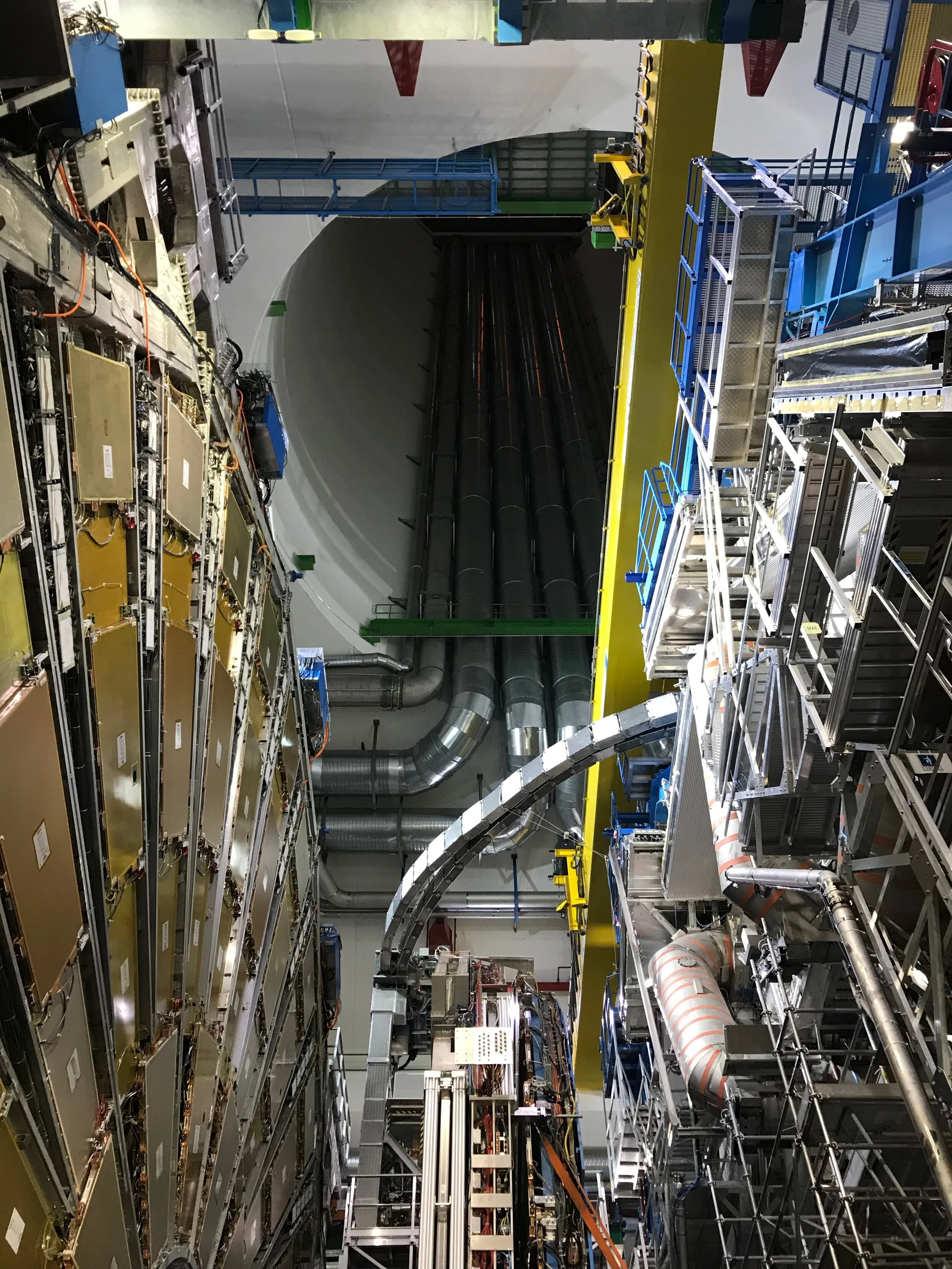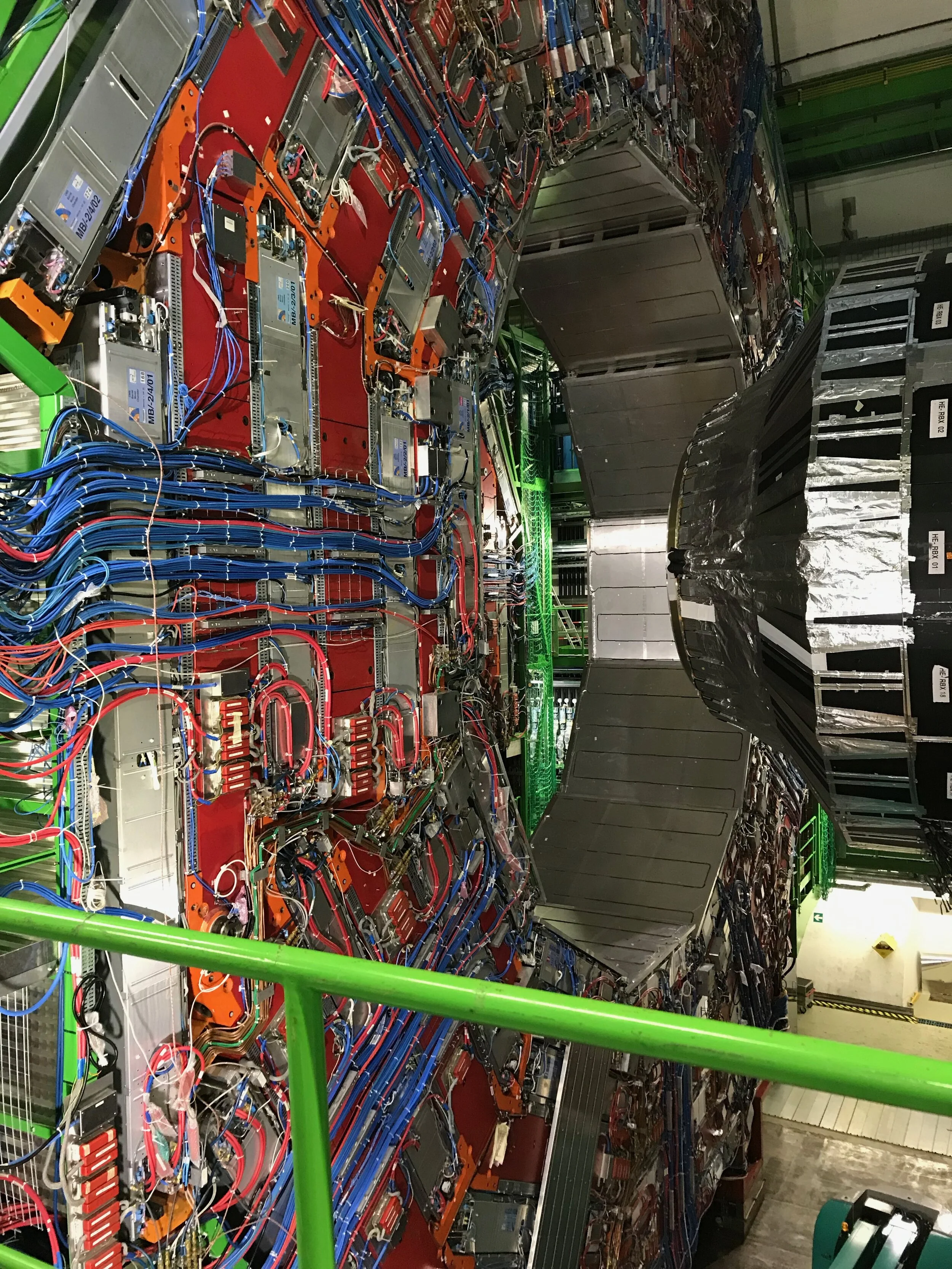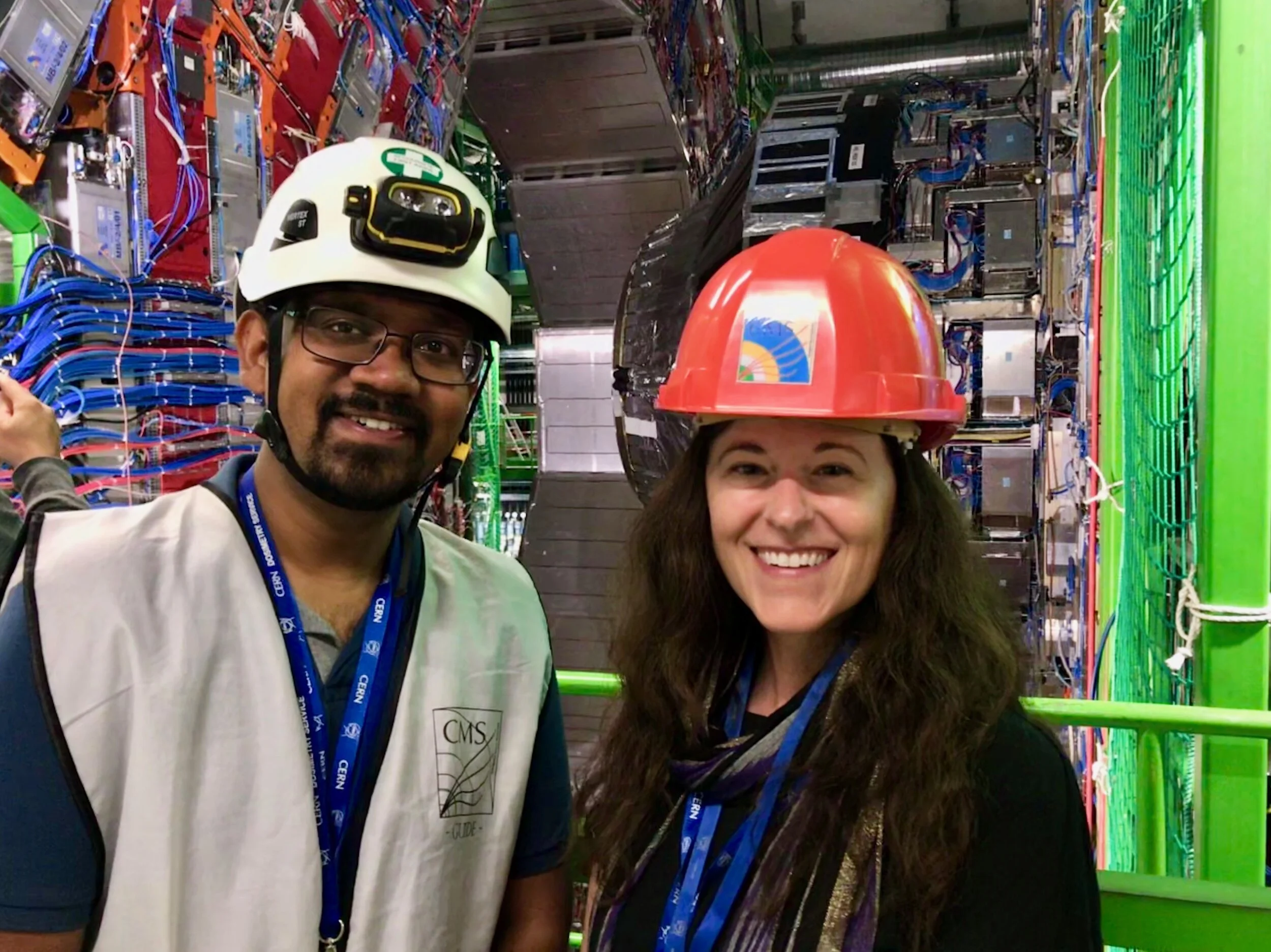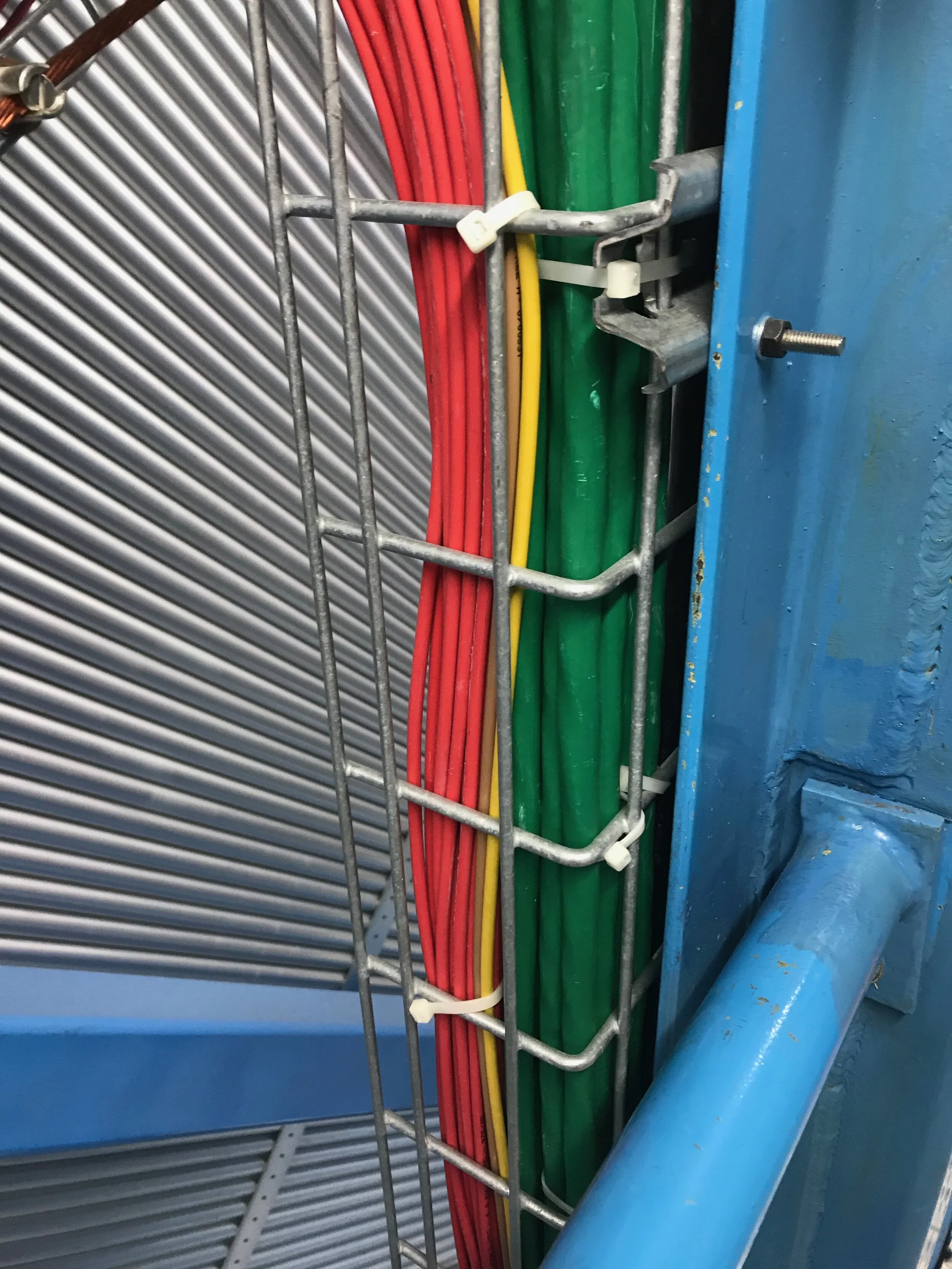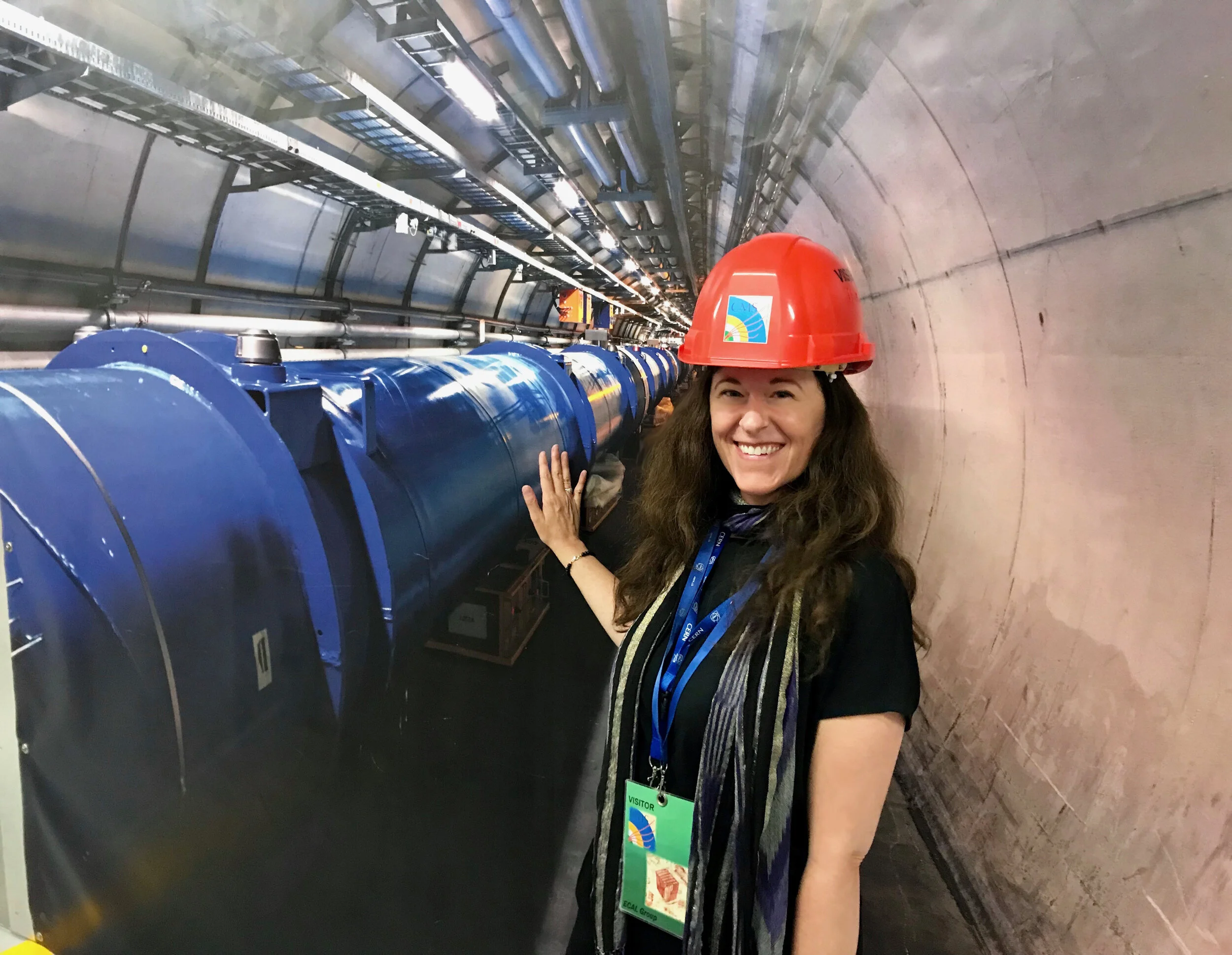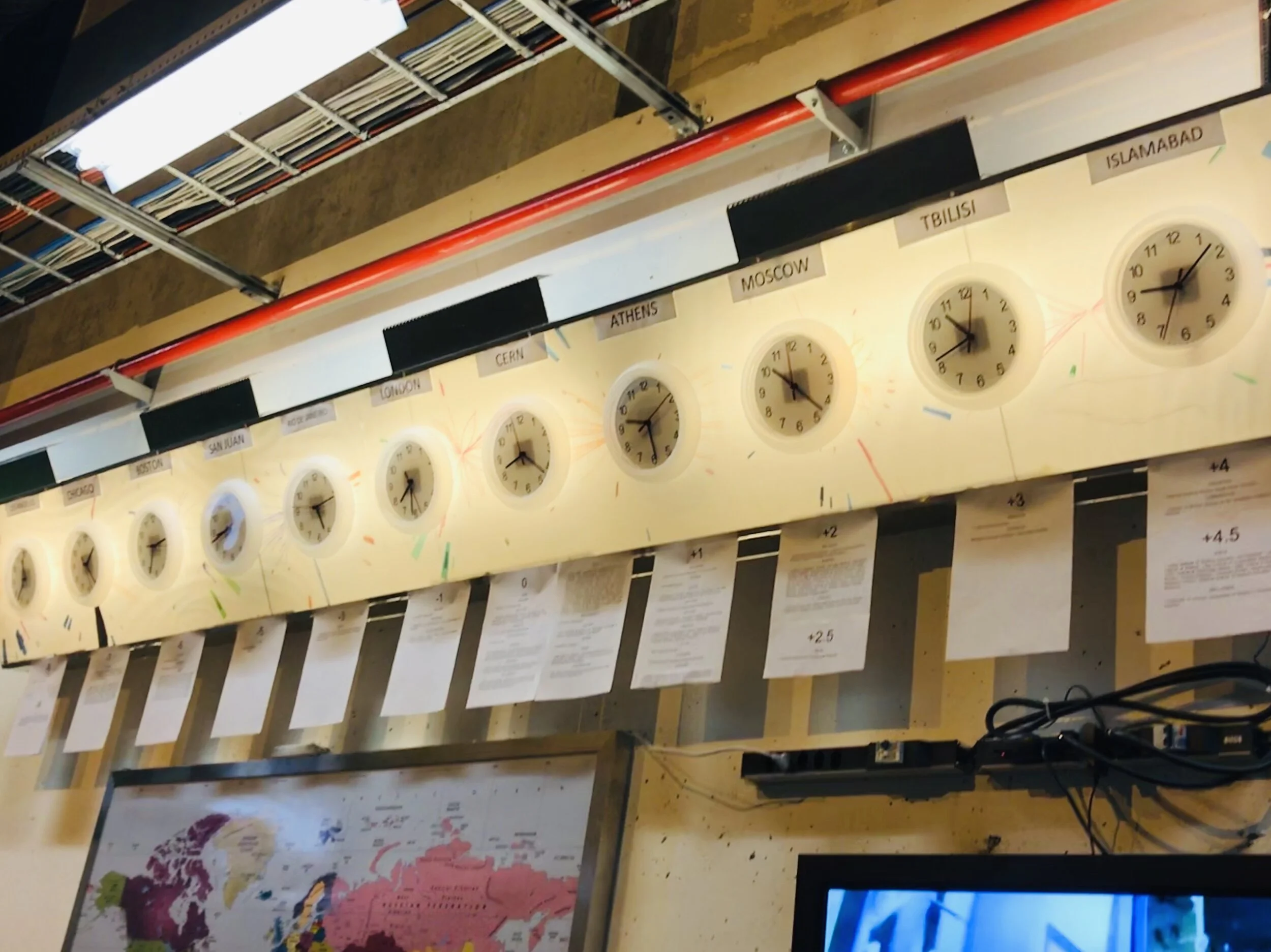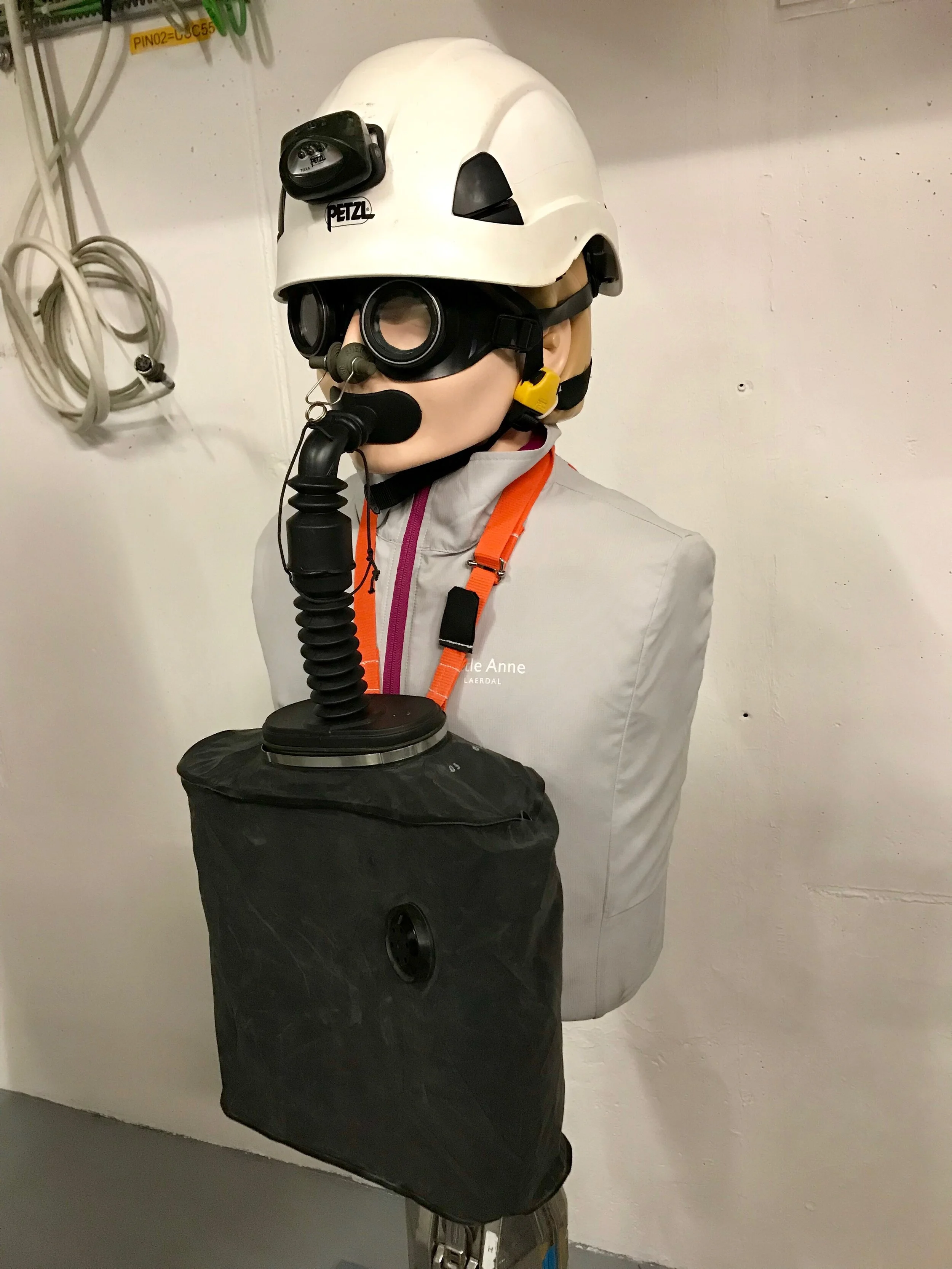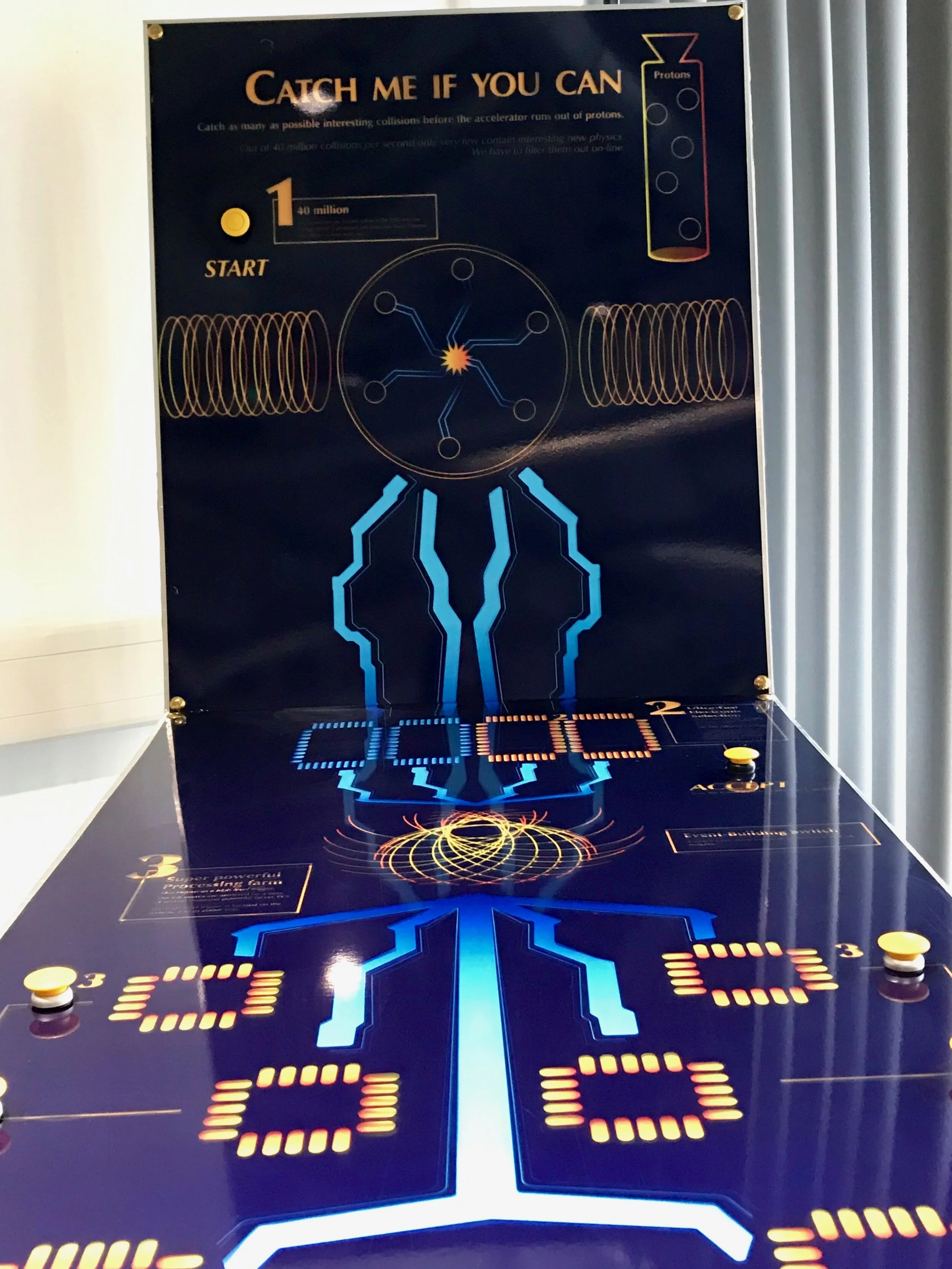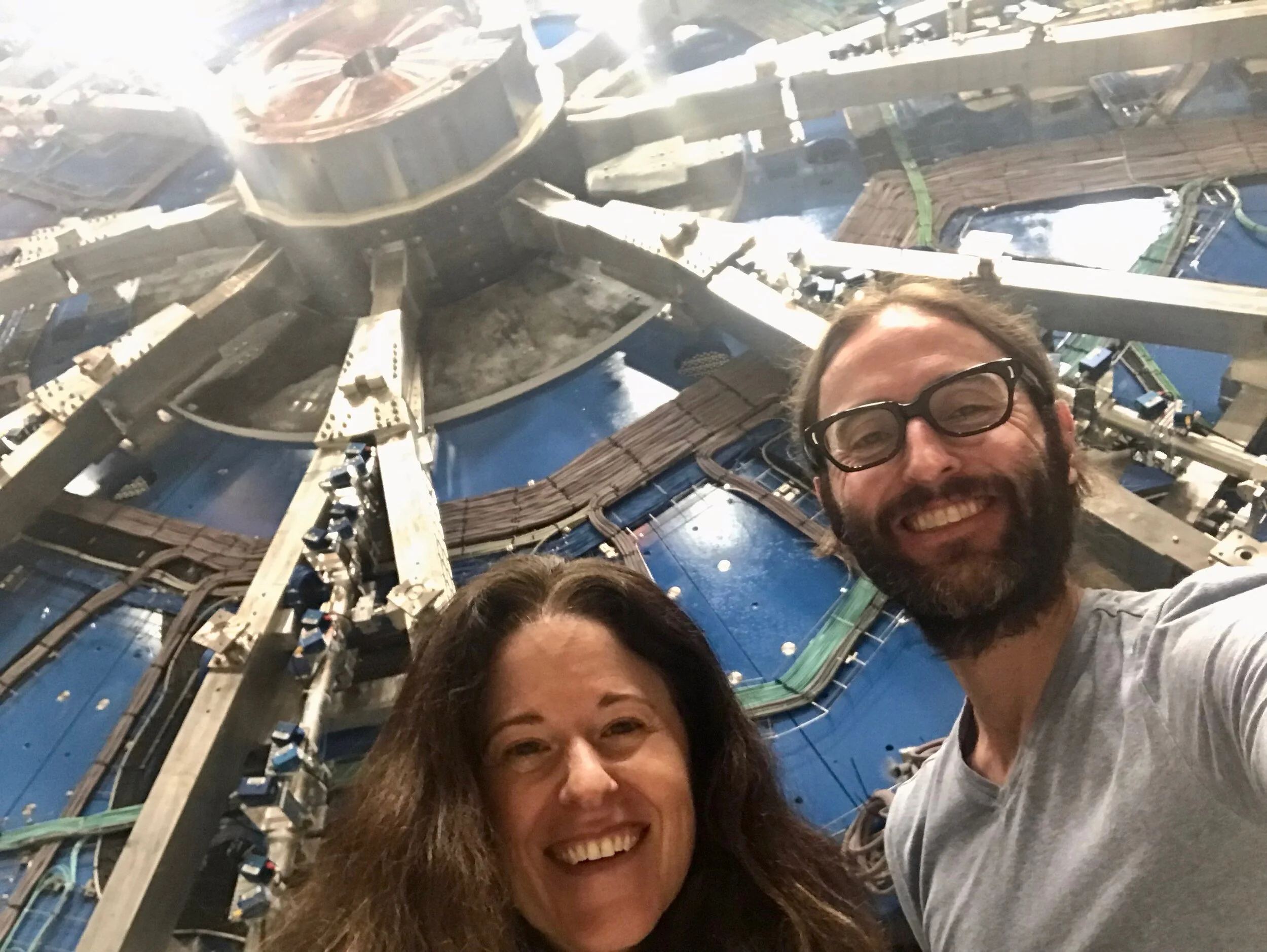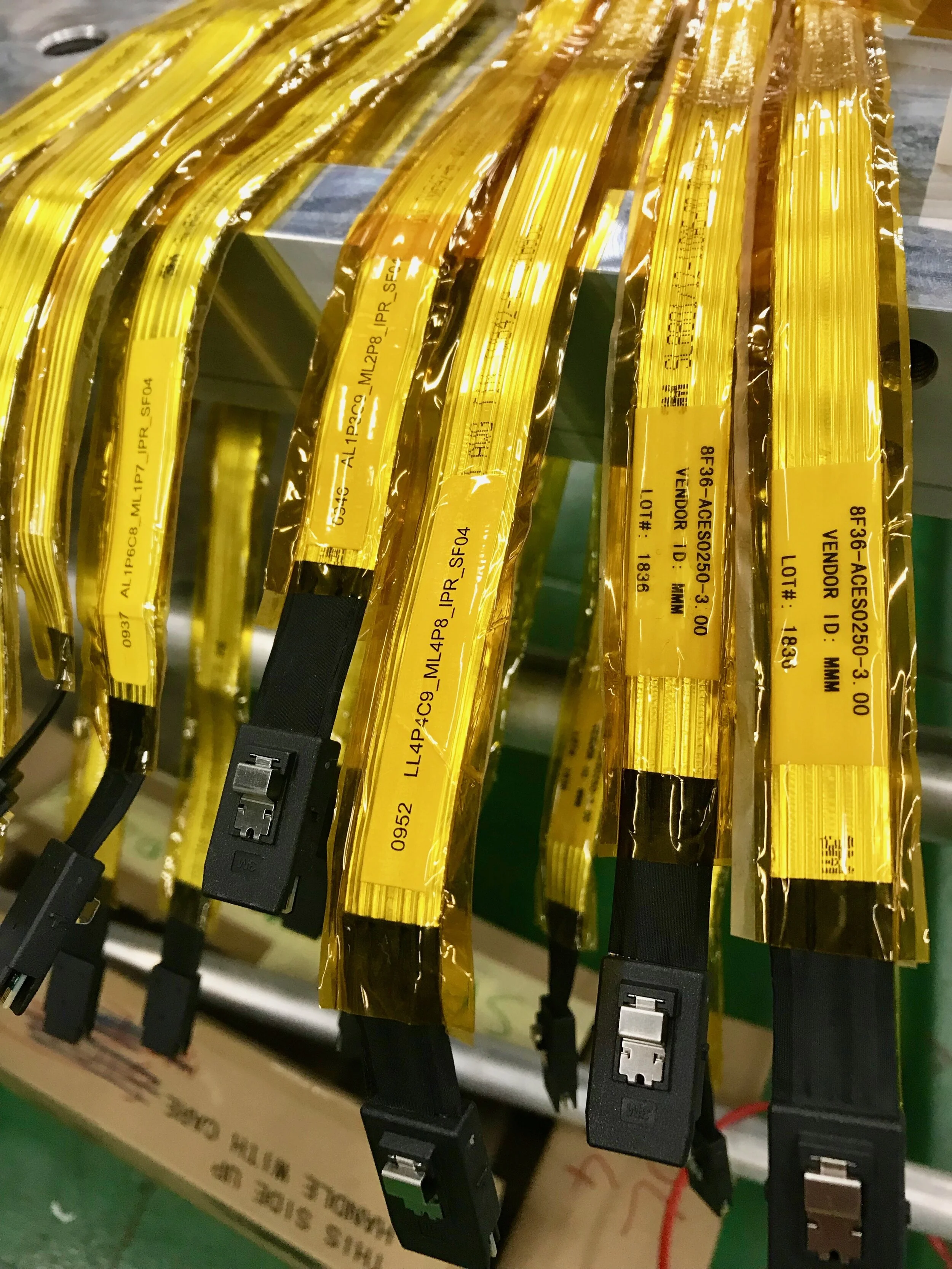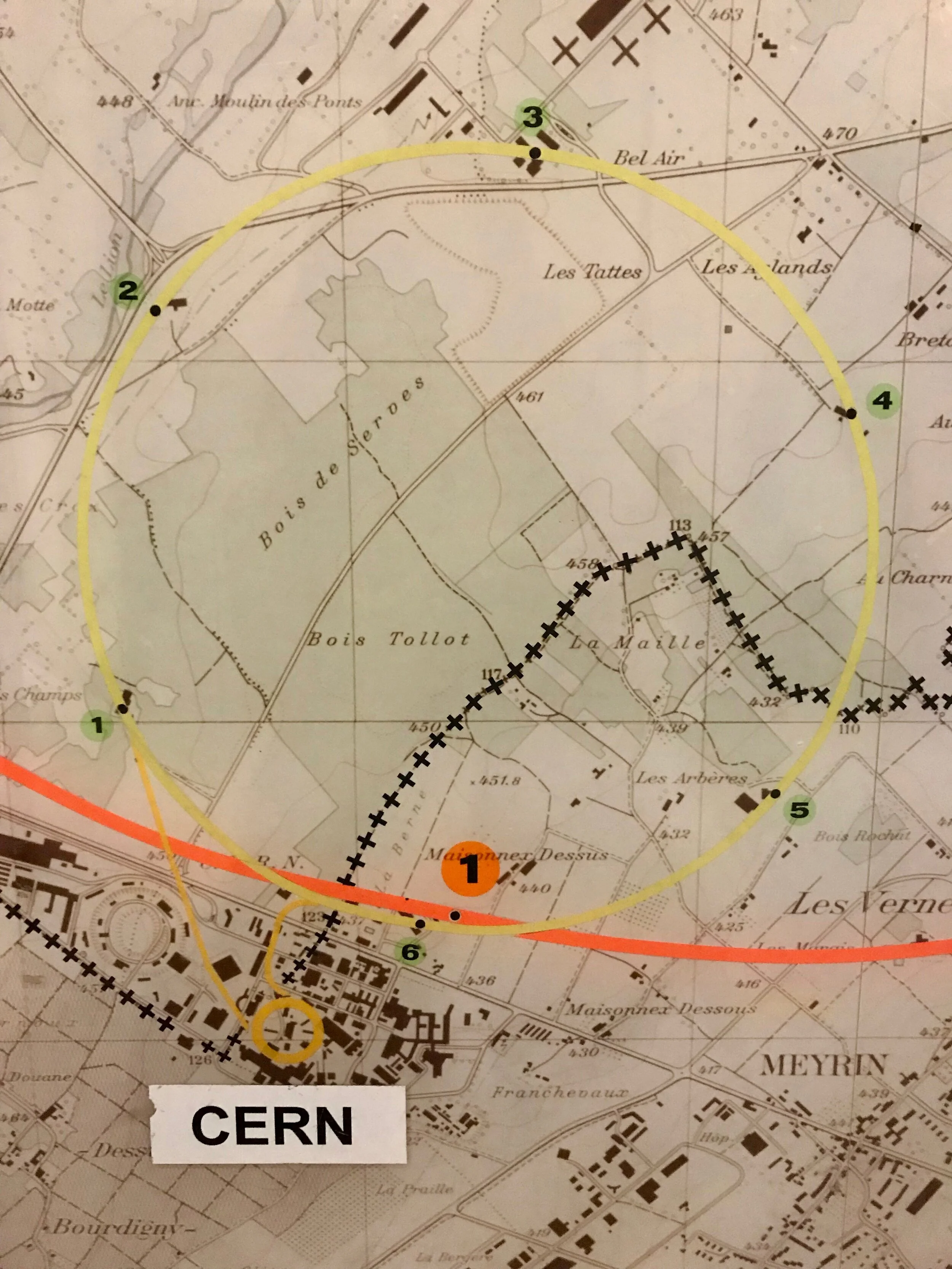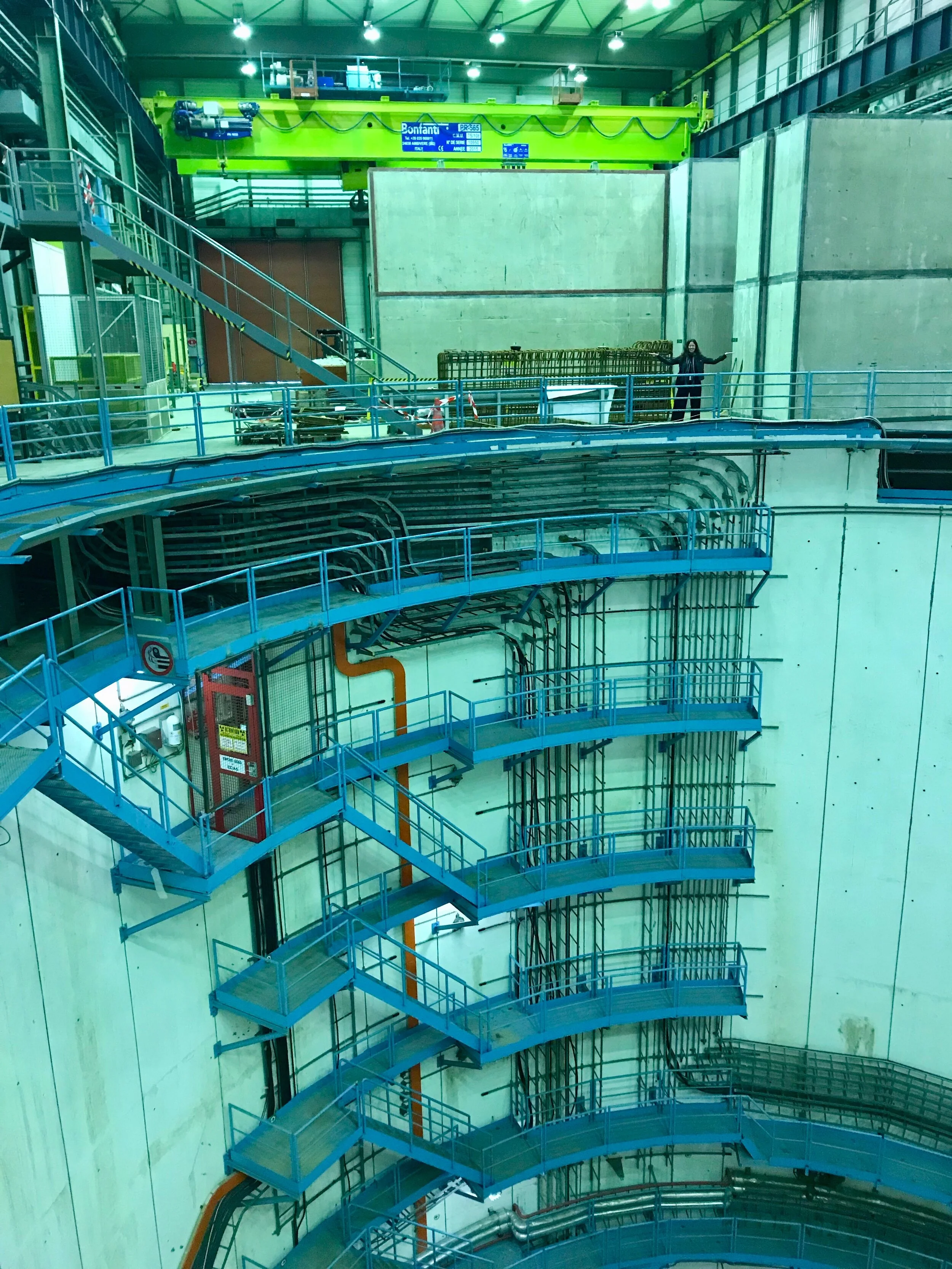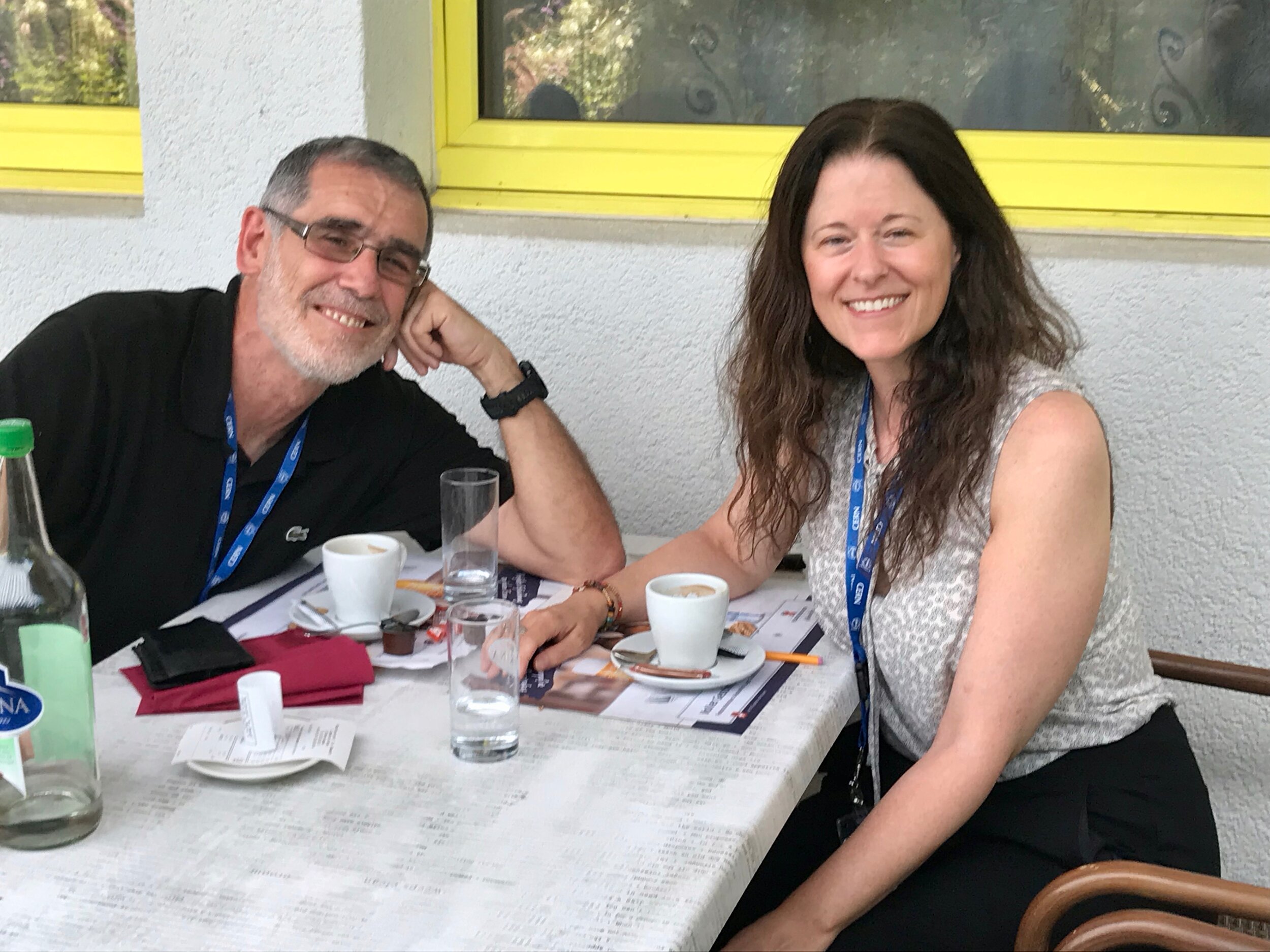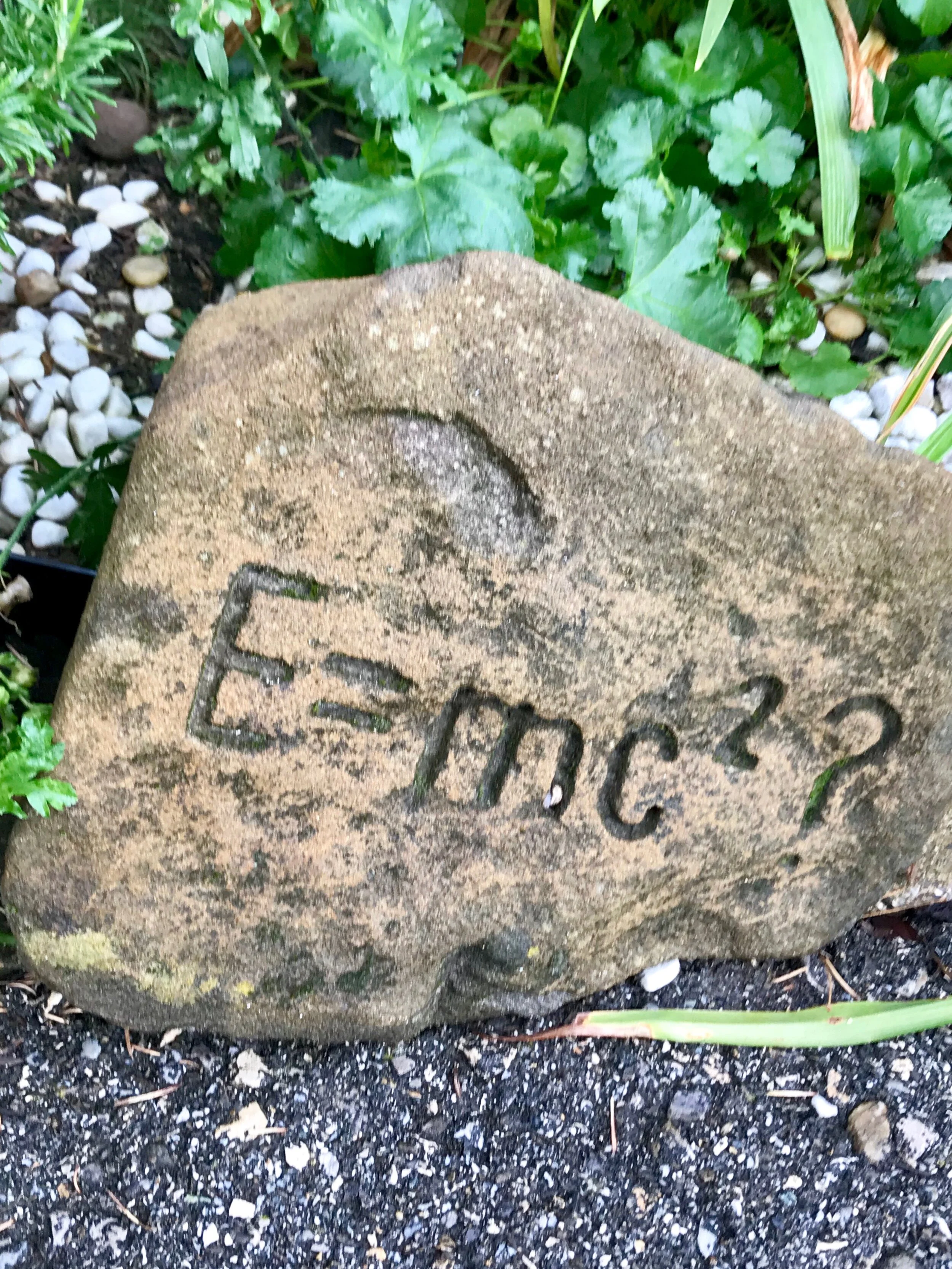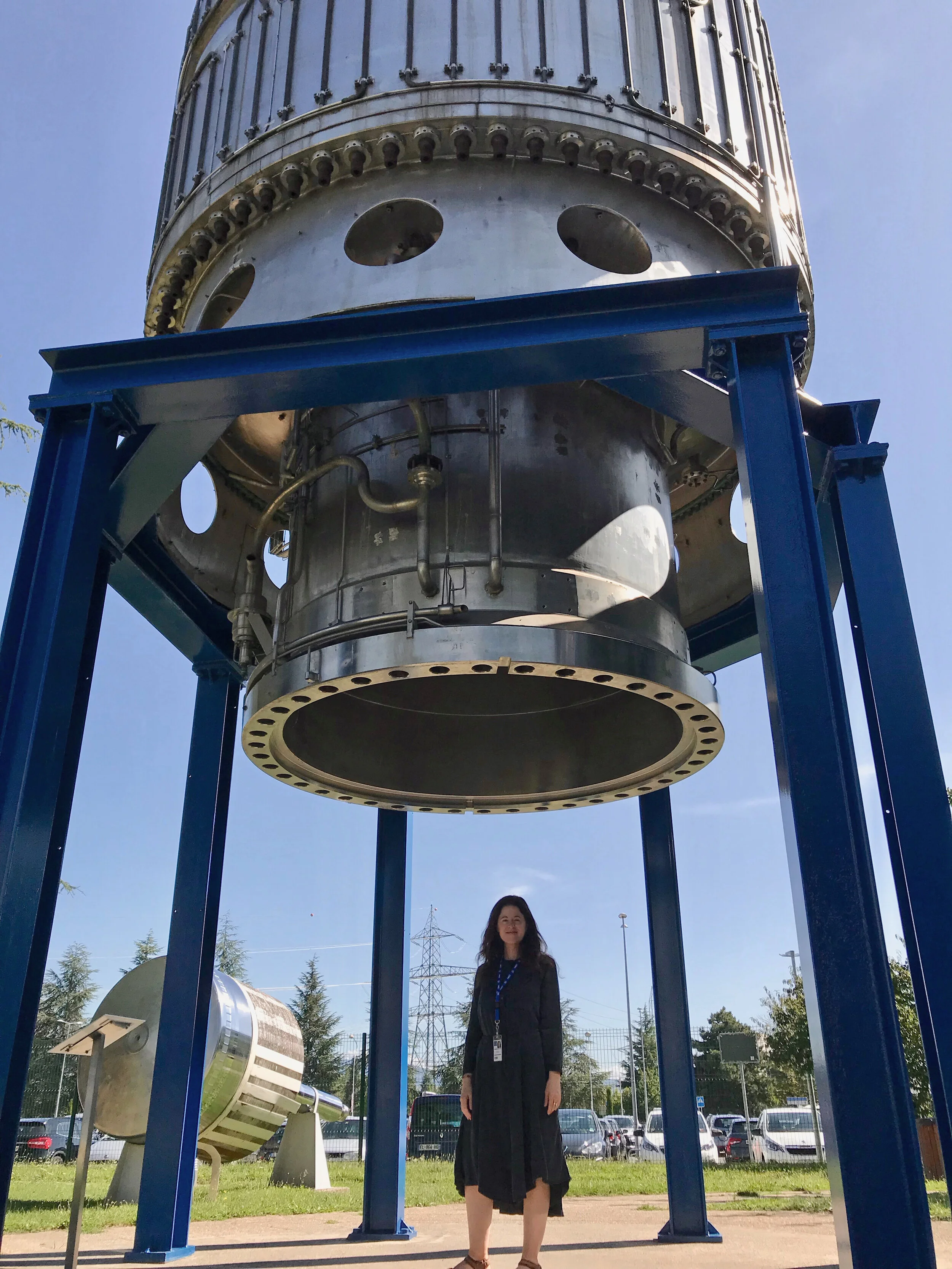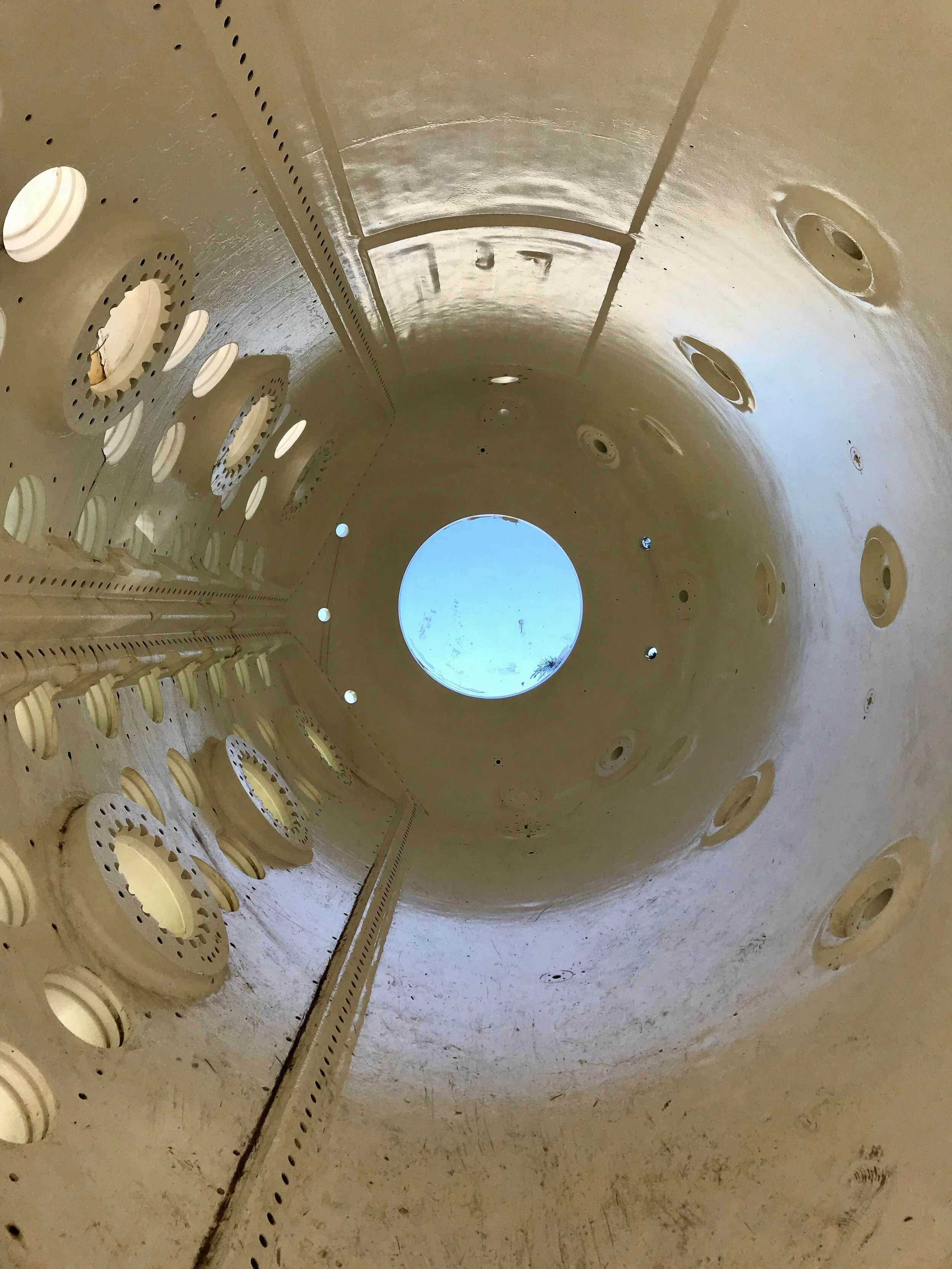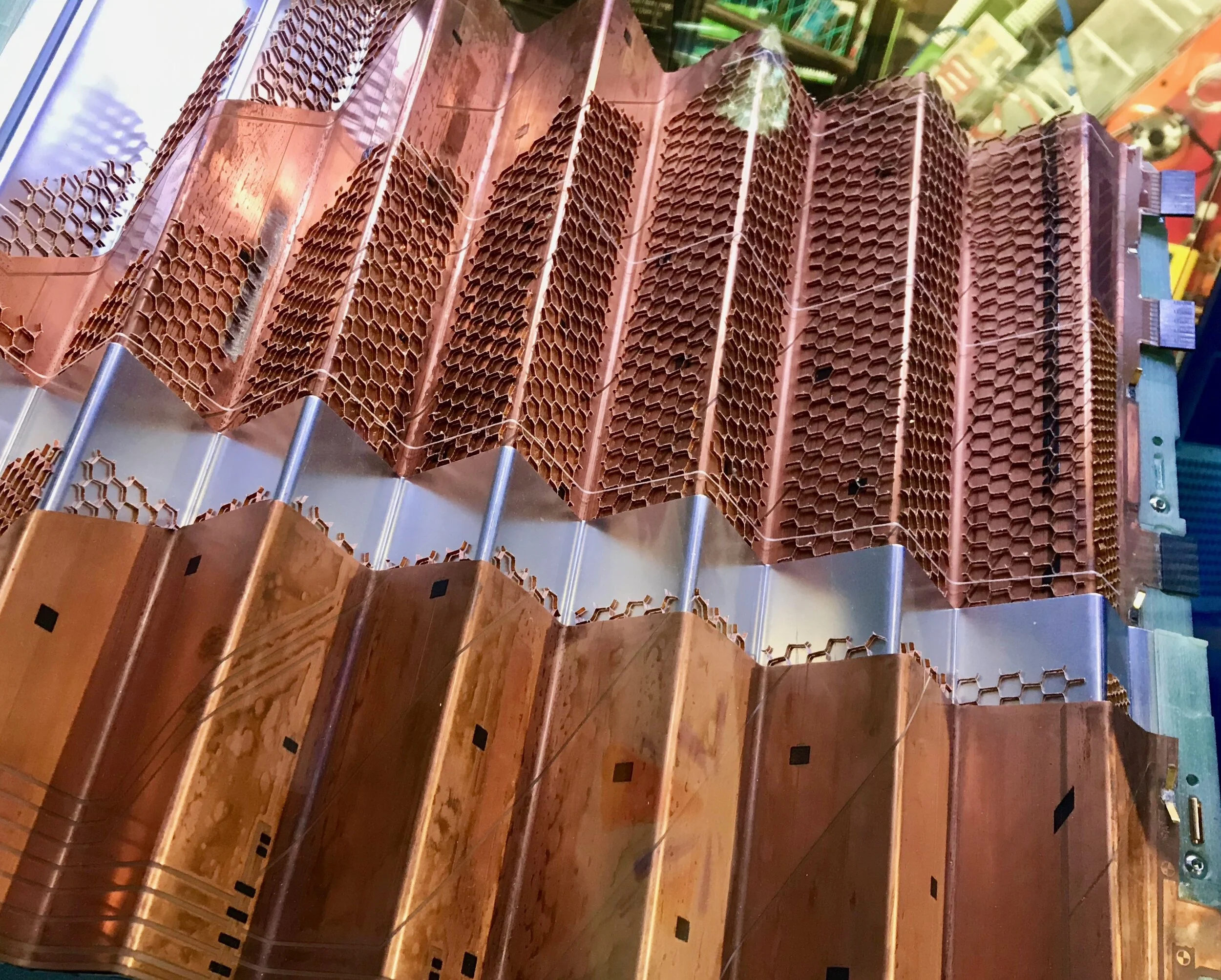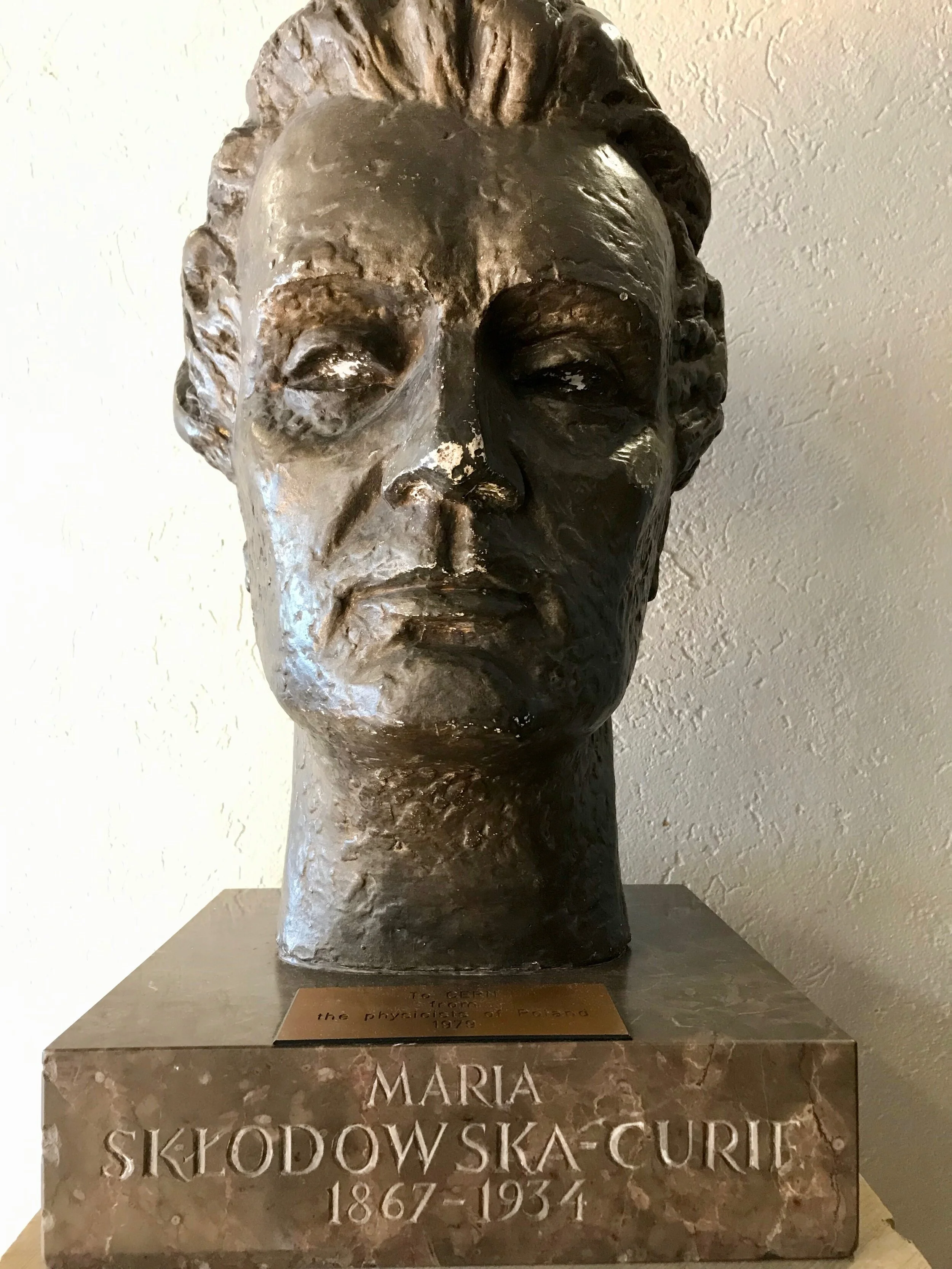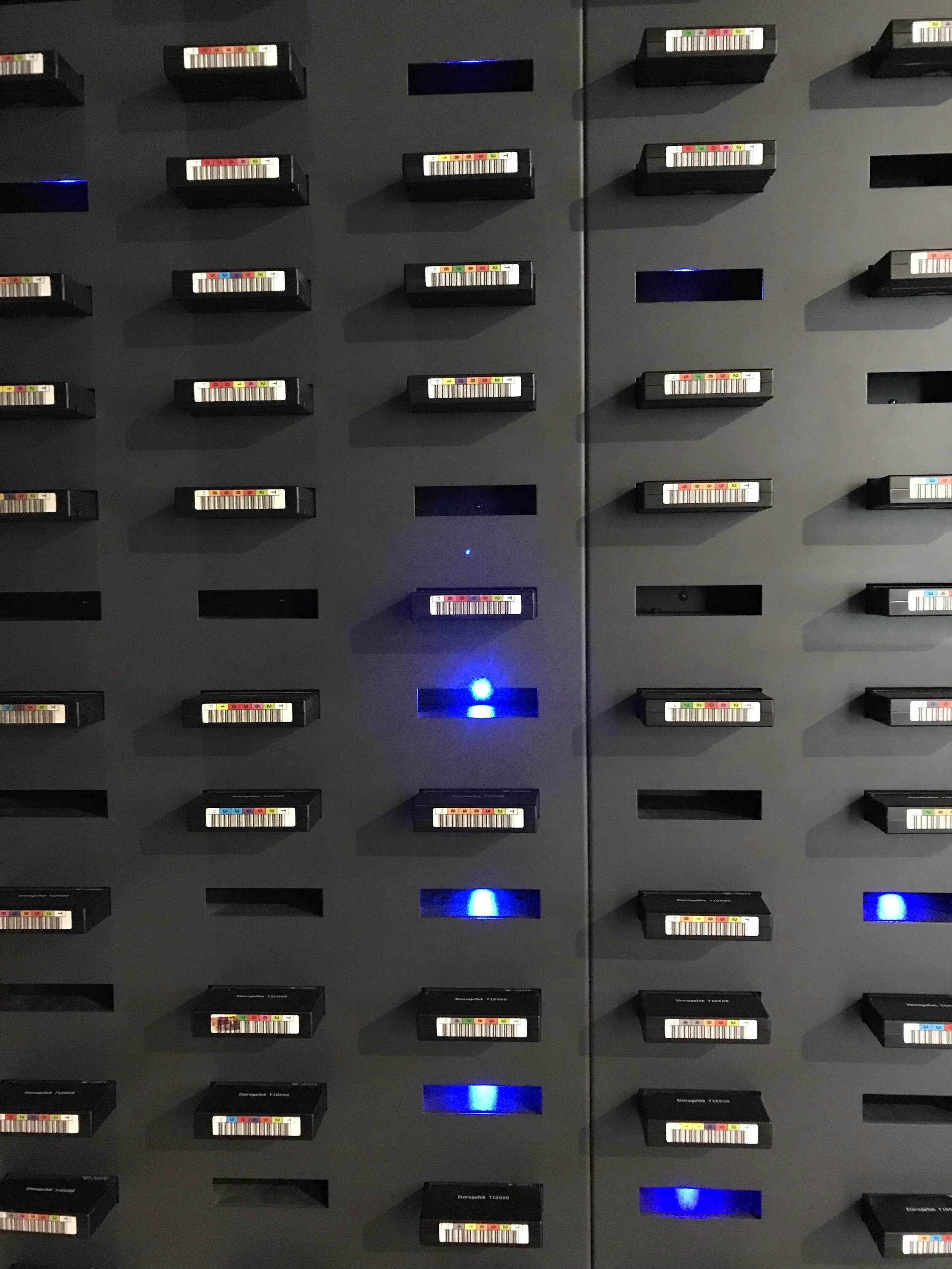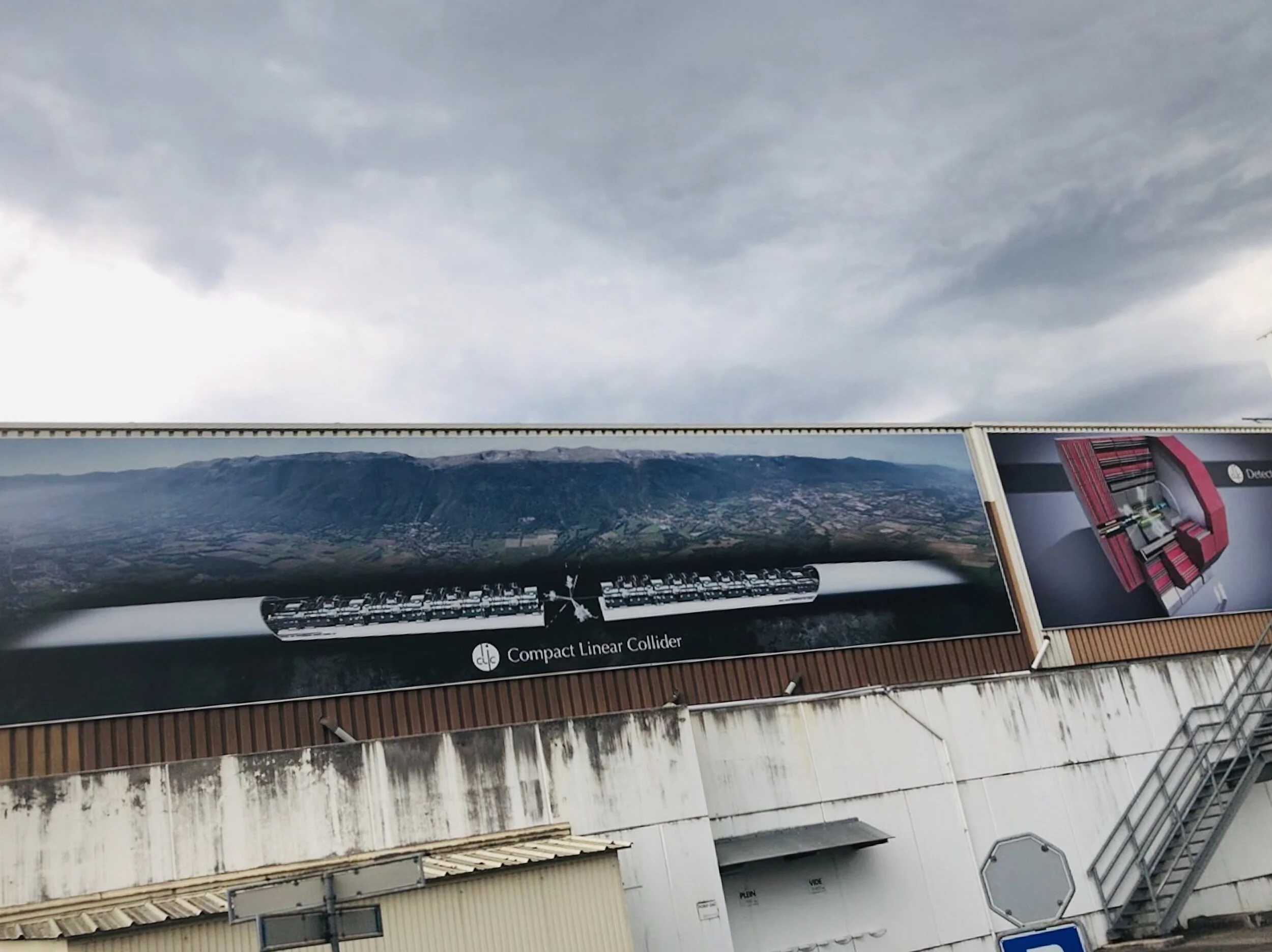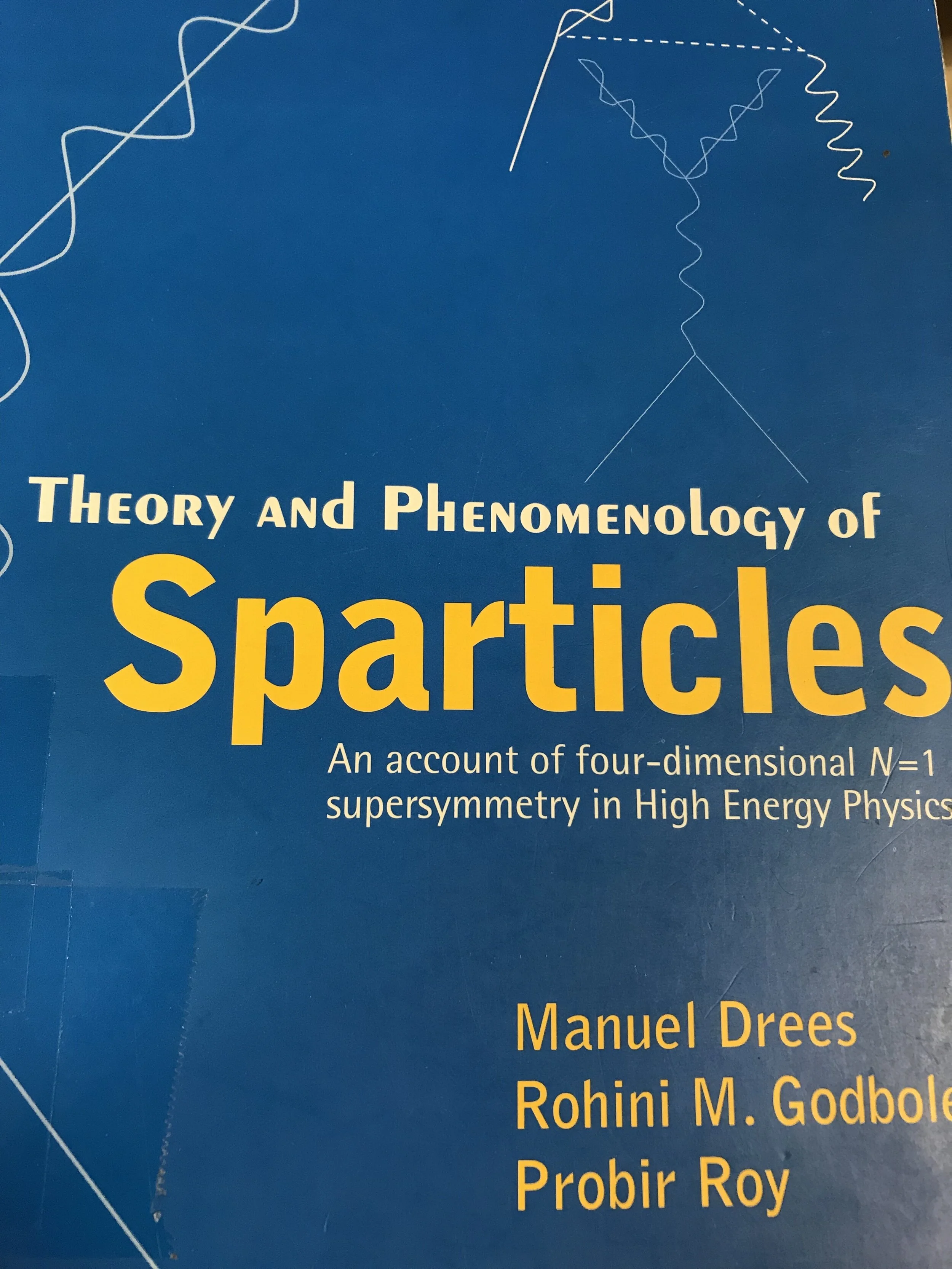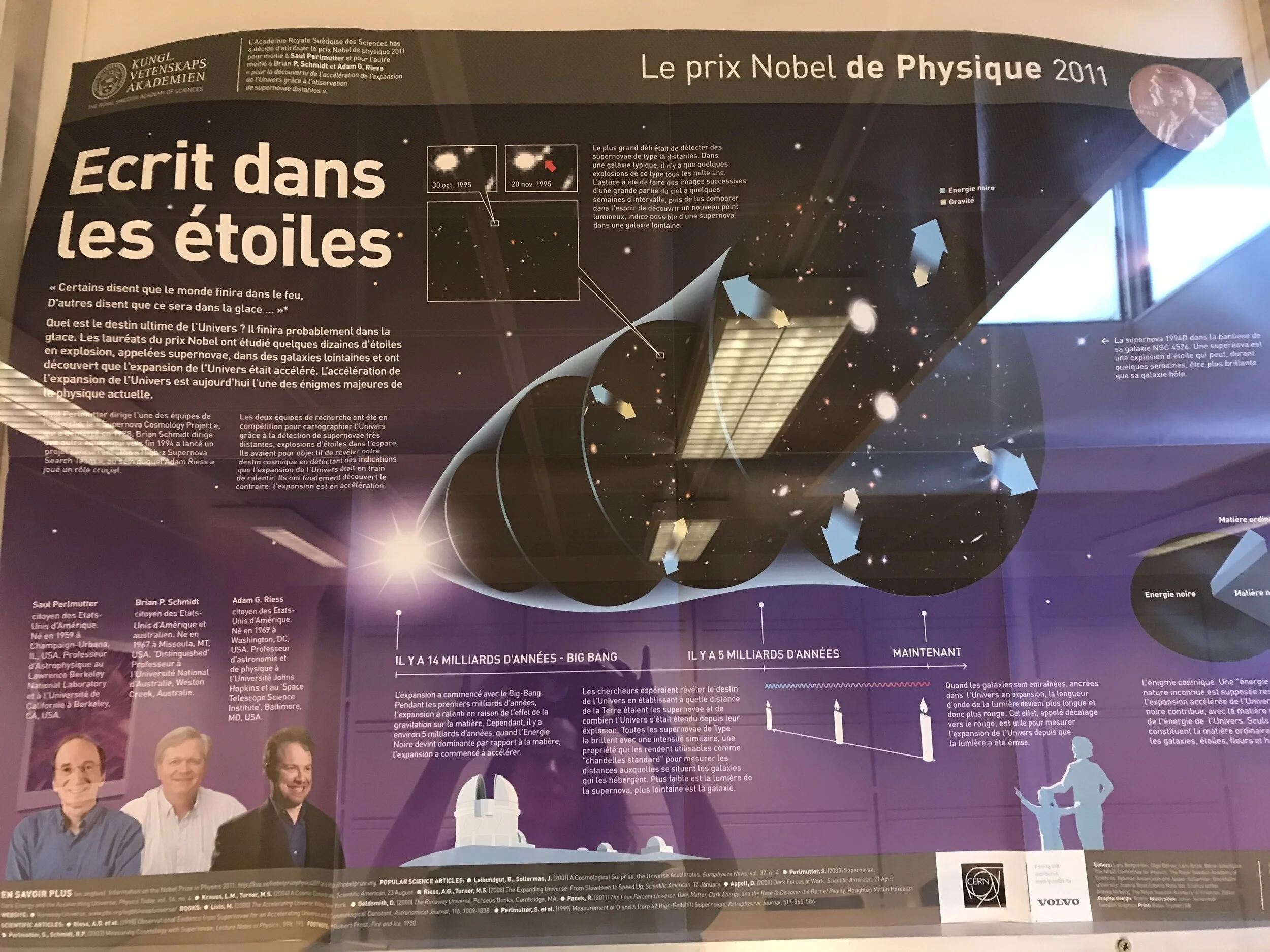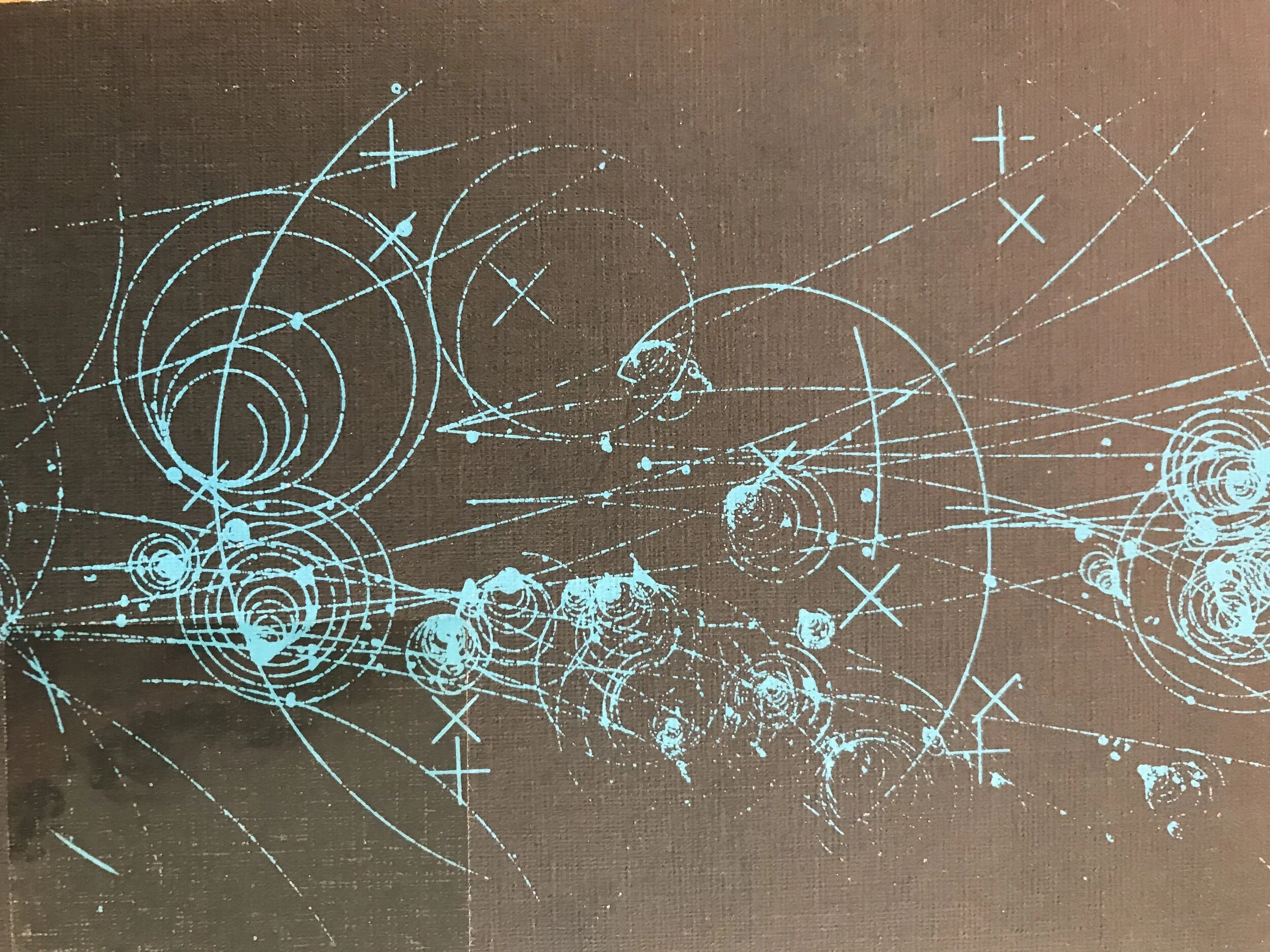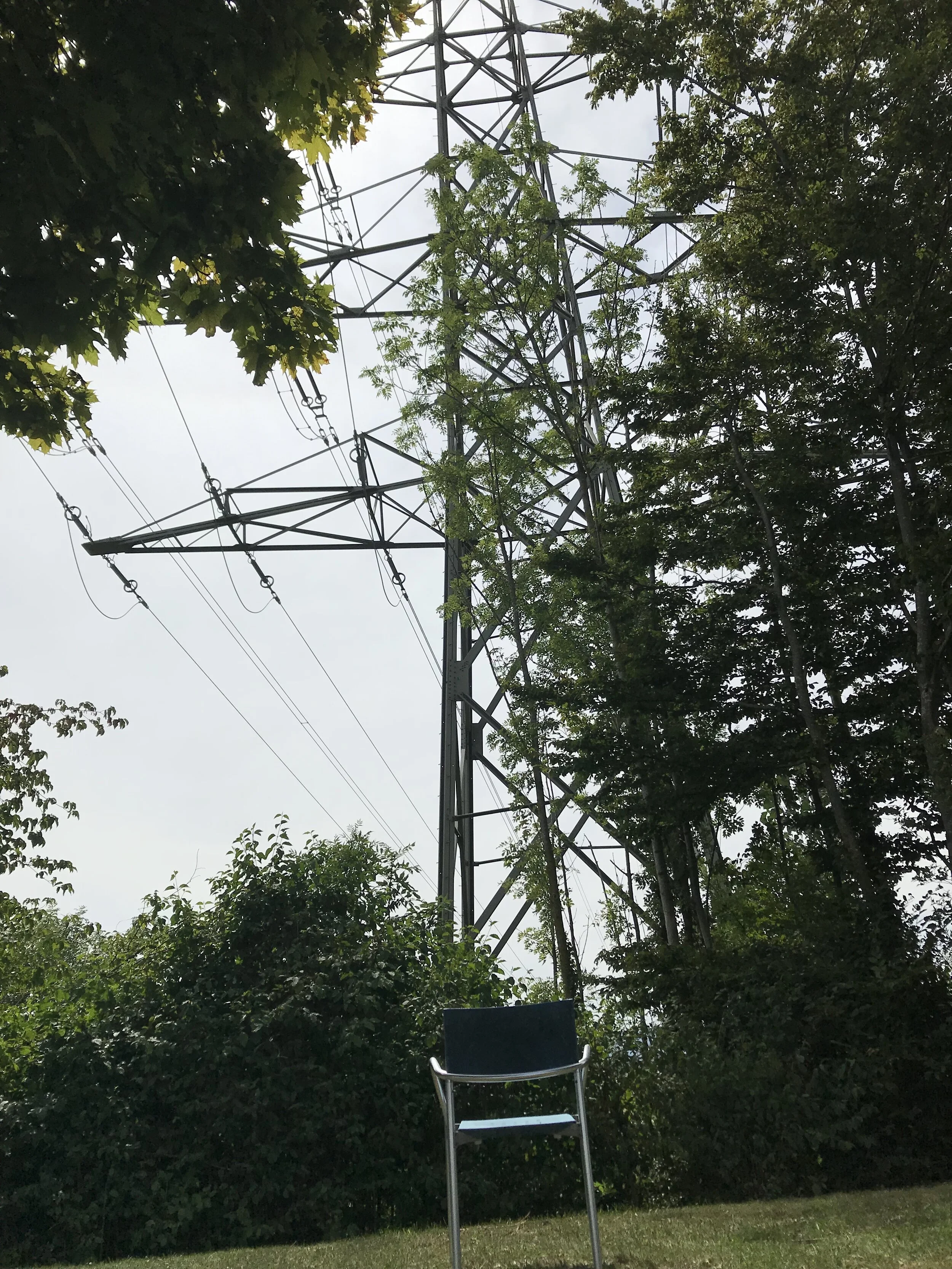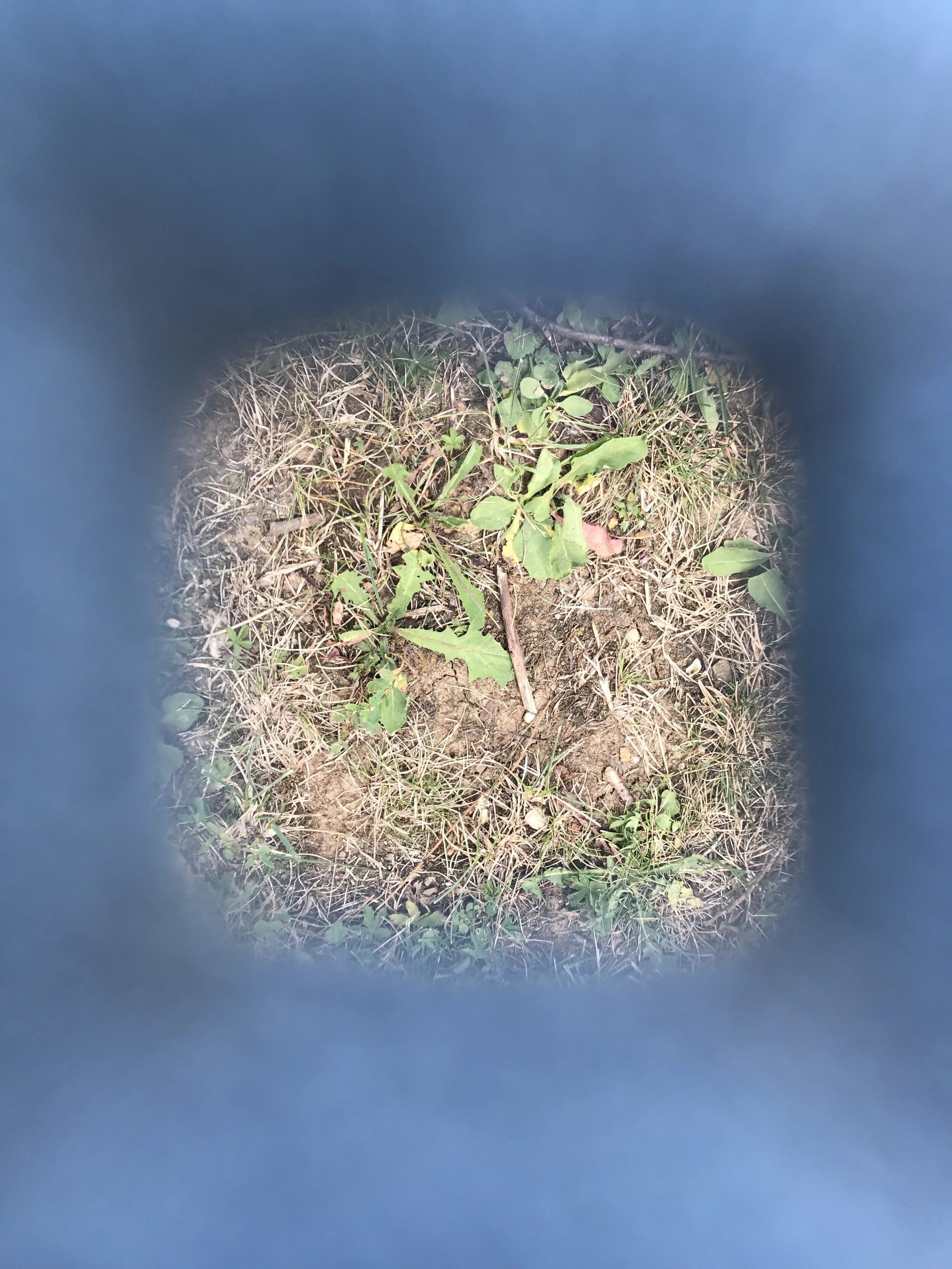Site Visit: CERN (European Organization for Nuclear Research)
Meyrin, Switzerland
August 5-23, 2019
ATLAS detector, Large Hadron Collider, CERN 2019, photo by Amy Catanzano
Project Statement
In what ways is poetry, as a literary artform made from imaginative interactions with language, uniquely poised to explore the conceptual and practical complexities of science? My most recent site visit to CERN, one of the world’s largest and most respected scientific research centers for high-energy particle physics, drew from my previous research there three years earlier and my ongoing investigation of this question.
This visit to CERN also served as the basis to explore this question collaboratively with physicist Mark C. Kruse, professor of physics at Duke University who leads the Duke team on the ATLAS Experiment at the Large Hadron Collider (LHC). Dr. Kruse, who was a part of the team of physicists that discovered the Higgs boson, facilitated my visit as a research artist through the ATLAS Experiment’s U.S. Outreach office and Arts at CERN. We continue to collaborate, focusing on exploring the role of ambiguity in both physics and poetry.
Since my visit occurred during the LHC’s two-year upgrade offline, I was able to go underground to the collider’s ATLAS and CMS detectors with CERN staff, including Riju Dasgupta, Kate Pachal, and Sarah Charley. Particle physicist James Beacham, based full-time at CERN with the ATLAS Experiment and the Duke University team, gave me a special tour of the two “New Small Wheels” that will be used in the innermost layers of the ATLAS detector in the current upgrade as well as the upgraded High-Luminosity LHC, scheduled to go online in 2026. Dr. Beacham regularly lectures worldwide on the intersections of art, science, and technology and has been featured in media such as The New York Times, Wired, and TED, so our conversations provided opportunities to discuss our shared interest in transdisciplinary approaches to our fields. We are currently collaborating on developing an ambitious poetry-physics experiment that would potentially involve the LHC. With Arts and Humanities funding from Wake Forest University and a second round of reallocated funding from ATLAS Outreach, I will return to CERN for an extended third visit.
My most recent visit included meetings with a number of CERN scientists and staff, including Gian Guidice, Michael Doser, Steve Goldfarb, Markus Nordberg, Joao Pequenão, and Kate Pachal, some of whom I spoke with during my first visit in 2016. I was delighted to have the chance to meet up with astroparticle physicist and CERN affiliate Juan José Gómez Cadenas, who sponsored my first visit, and attend a lecture on neutrinos by CERN theoretical physicist Pilar Hernandez and others. These experiences allowed me to learn more about particle physics experiments, new theories in development, and debates concerning the future of high-energy particle physics at CERN and elsewhere. I also shared my own investigations of particle physics in relation to poetry and brainstormed with CERN staff about literary collaborations involving physics and poetry, which are now in play.
James Beacham and Amy Catanzano, new small wheel, ATLAS, CERN 2019
In the four months following the visit, I gave a number of presentations about CERN at literary events. Among these were a talk about CERN on the panel, “When Poetry Meets Science,” at the &Now Literary Festival of Innovative Writing at the University of Washington, Bothell. I read an essay on CERN and presented a poem written there for the “Poetry and Science on the Margins” event at the annual conference of the Society for Literature, Science, and the Arts at the University of California, Irvine. I gave a similar presentation at Skylight Book Store as part of the event, “The Science of Poetry: A Reading,” in Los Angeles. Additionally, I spoke about my visits to CERN as part of a poetry reading I gave at the event, “Poetry and Language of Science,” at the Beyond Baroque Literary Arts Center in Los Angeles.
My visits to CERN also have resulted in publications. Physics Magazine (APS Physics) published my poem, “Higgs Boson: The Cosmic Glyph,” in celebration of the 10th anniversary of the discovery of the Higgs boson at CERN. An extended work of poetry and poetics on my site visits to CERN, “The Positron Passport: An Essay-Poem in Quantum Poetics,” is published in CounterText: A Journal of the Post-Literary (Edinburgh University Press), in a special issue guest edited by Ming-Qian Ma. My CERN-inspired poem, “Ace in the Hole,” on quarks, matter-antimatter asymmetry, koans and kaons, and James Joyce’s Finnegans Wake, appears in P-QUEUE, the literary journal of the SUNY Buffalo Poetics Program. Additional poetry and works of poetics are in process.


